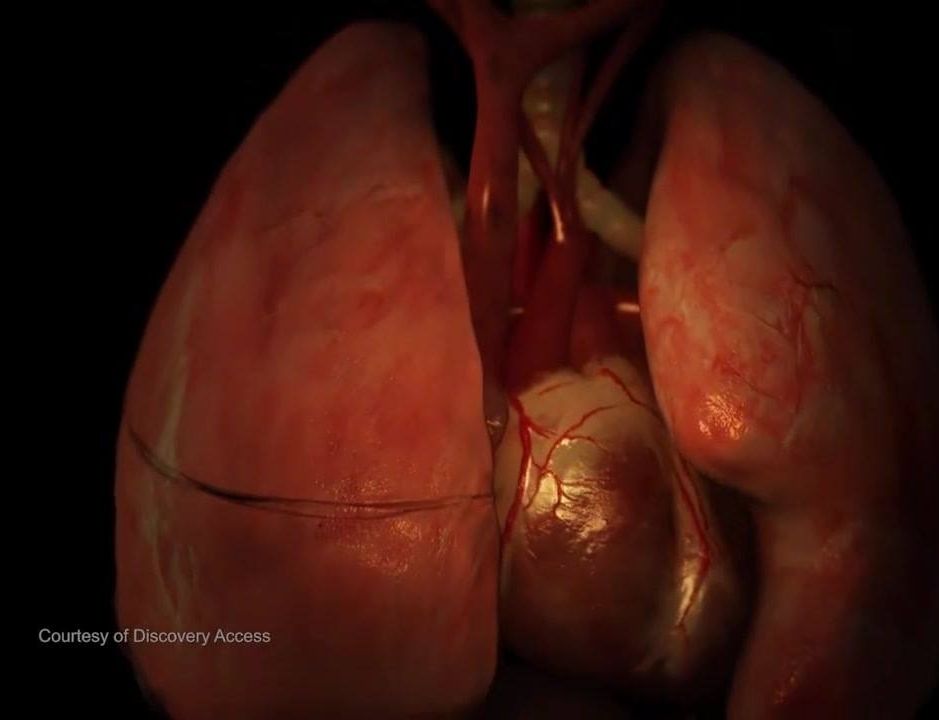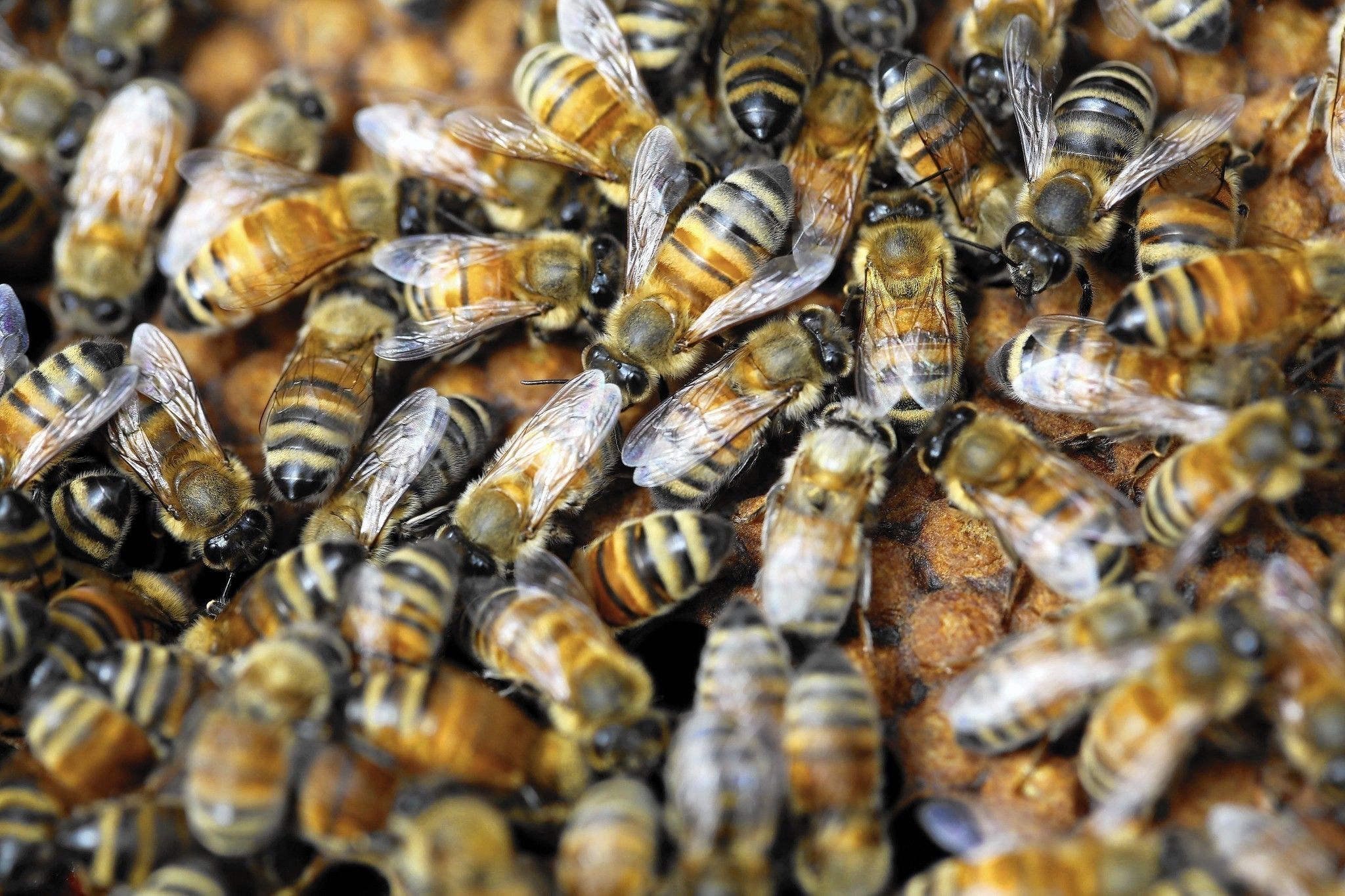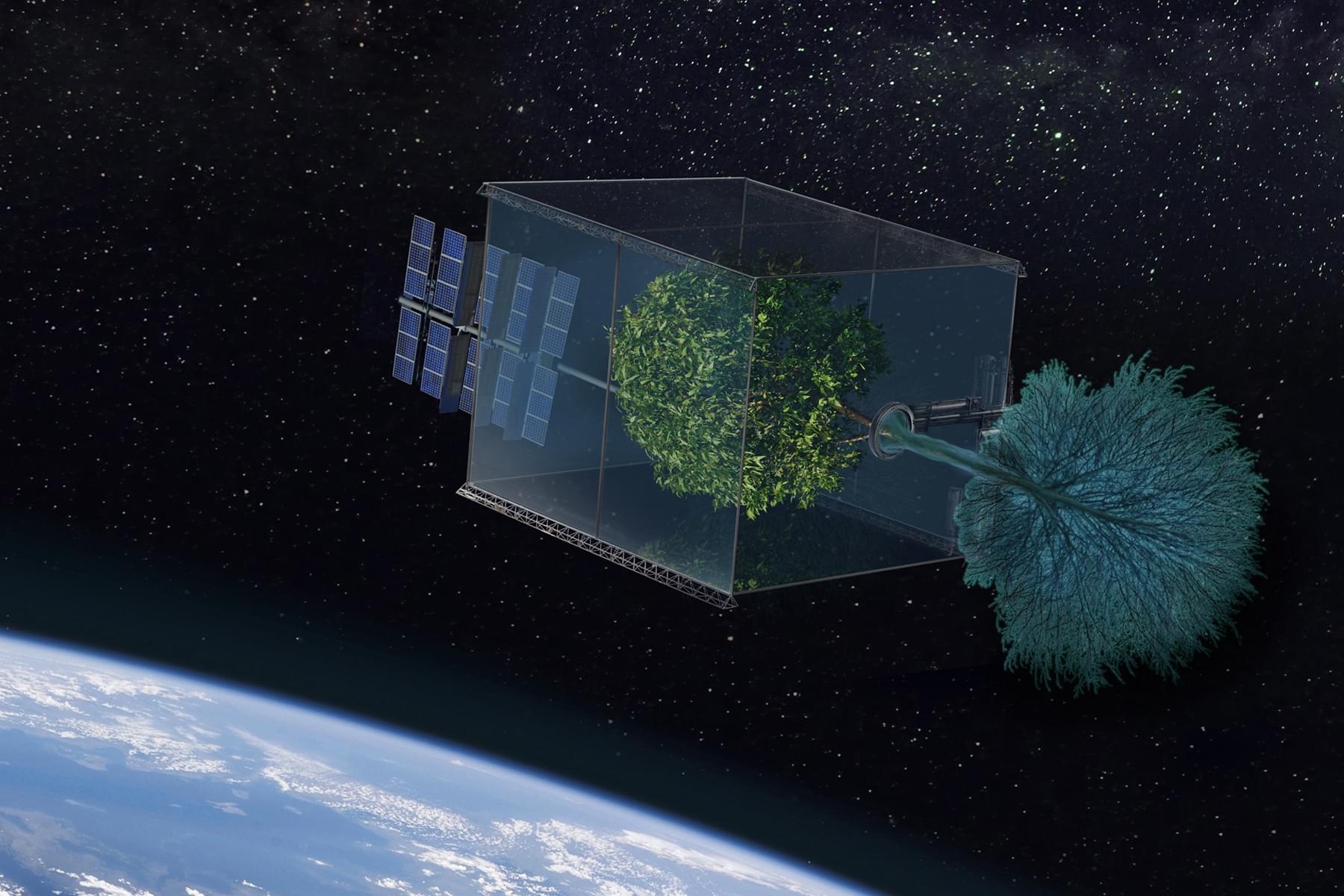Archive for the ‘food’ category: Page 317
Mar 1, 2016
Round Up linked to cancer
Posted by Karen Hurst in categories: biotech/medical, food, health, sustainability
Bad news if you use RoundUp.
Local councils across Australia that use the weed killer glyphosate on nature-strips and playgrounds are being warned that the chemical probably causes cancer.
An updated World Health Organisation (WHO) warning for the herbicide, often trade marked as Roundup, is also routinely used in household gardens and farms.
Feb 29, 2016
MIT Technology Review Announces 10 Breakthrough Technologies of 2016
Posted by Klaus Baldauf in categories: food, internet
Annual list highlights the most important technology milestones.
Cambridge, MA – February 23, 2016: Today, MIT Technology Review publishes its annual 10 Breakthrough Technologies list (www.technologyreview.com/lists/technologies). The list identifies innovations from the past year that solve difficult problems or create powerful new ways of using technology. These are the breakthroughs that will matter for years to come.
Jason Pontin, Editor in Chief and Publisher, states, “Each year, our editors search the globe to create this important list. From Beijing, China, where researchers are creating fungus-resistant wheat and boosting rice crop yields, to Seattle, where a spin-off company of the University of Washington is commercializing “passive Wi-Fi,” making data connections using 1/10,000th as much power as existing Wi-Fi, the 10 Breakthrough Technologies represent the advancements we feel have the greatest potential to impact our lives for years to come.”
Continue reading “MIT Technology Review Announces 10 Breakthrough Technologies of 2016” »
Feb 28, 2016
Lab-grown beef will save the planet—and be a billion-dollar business
Posted by Shailesh Prasad in categories: business, food

Startups around the world are racing to become the globe’s premier source of “cultured meat.”
Feb 27, 2016
DNews — Cotton Candy Capillary
Posted by Bryan Gatton in categories: biotech/medical, food
Feb 26, 2016
Unprecedented scientific report says decline of pollinators a threat to food security
Posted by Karen Hurst in categories: food, health, policy, security
Around the world, the animals that pollinate our food crops — more than 20,000 species of bees, butterflies, bats and many others — are the subject of growing attention. An increasing number of pollinator species are thought to be in decline, threatened by a variety of mostly human pressures, and their struggles could pose significant risks for global food security and public health.
Until now, most assessments of pollinator health have been conducted on a regional basis, focusing on certain countries or parts of the world. But this week, a United Nations organization has released the first-ever global assessment of pollinators, highlighting their importance for worldwide food and nutrition, describing the threats they currently face and outlining strategies to protect them.
The report, which was released Friday by the U.N.’s Intergovernmental Science-Policy Platform on Biodiversity and Ecosystem Services (IPBES), has been in the works since the summer of 2014. The research team consisted of more than 70 experts, who drew on the most up-to-date global pollinator science, as well as local and indigenous knowledge, to complete the assessment.
Feb 26, 2016
Scientists happily surprised to find truffles free of Chernobyl radiation
Posted by Karen Hurst in categories: food, nuclear energy, particle physics
This will make friends Vladimir and Marina happy.
Mushrooms and game meat in European regions where Chernobyl fallout was most intense still have excess radiation, but Burgundy truffles get the green light; foodies rejoice.
It’s been 30 years since the 1986 nuclear disaster in Ukraine in which a fire and explosion at the Chernobyl Nuclear Power Plant unleashed a slew of radioactive particles into the atmosphere. Swept along by winds and settled by heavy rains, radioactive particles, especially caesium-137 (137Cs), polluted large stretches of the European continent. And we all know the problem with radioactive things, they’ve got lasting power.
Continue reading “Scientists happily surprised to find truffles free of Chernobyl radiation” »
Feb 25, 2016
Meet Brain, The AI Engine That Wants To Replace Search
Posted by Karen Hurst in categories: food, neuroscience, robotics/AI
Fifteen miles away from where Larry Page and Sergey Brin worked out of their first office developing the technology that would become Google, a team of eleven engineers no older than 20 are hard at work on developing what they hope will be its replacement.
Their adoptive home, for the moment, is the co-working space Tim Draper set up as part of his Draper University startup program, and they’ve been assembled their by Jerry Yue, a 24-year-old serial entrepreneur.
Yue’s last startup, the Chinese food delivery service Benlai.com, raised $100 million at the end of last year and is on its way to joining the ranks of China’s unicorns.
Continue reading “Meet Brain, The AI Engine That Wants To Replace Search” »
Feb 23, 2016
Can a tree grow in space?
Posted by Klaus Baldauf in categories: engineering, food, materials, satellites, space travel
Satellites and spacecraft are generally complex to build on the ground, expensive to launch and obsolete in a decade or less.
These objects end up floating in orbit around the planet contributing to the pollution surrounding the Earth. But what if there was an alternative?
That’s the question David Barnhart, director of USC’s Space Engineering Research Center and lead for the Space Systems and Technology group for the USC Information Sciences Institute, is contemplating. What if we could just “grow” spacecraft, repurpose a hybrid of inorganic and organic materials and even allow food to grow in space?
Feb 22, 2016
Eating chocolate regularly can ‘improve brain function’ according to a new study
Posted by Shailesh Prasad in categories: food, neuroscience
Good news for chocolate lovers: eating the sweet treat has been found to have a positive association with cognitive performance, according to a new study.
Published in the journal Appetite, researchers used data collected from a Maine-Syracuse Longitudinal Study (MSLS), in which 968 people aged between 23 and 98 were measured for dietary intake and cardiovascular risk factors, as well as cognitive function.
The researchers found that regularly eating chocolate was significantly associated with cognitive function “irrespective of other dietary habits”.

















